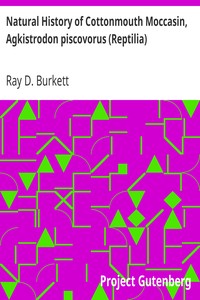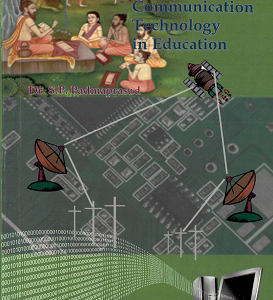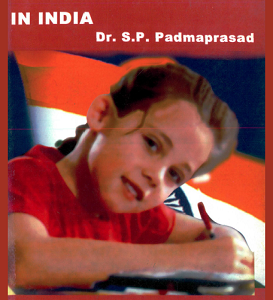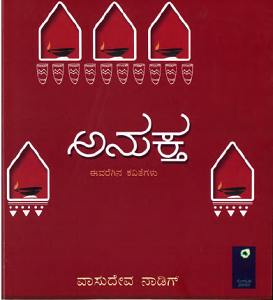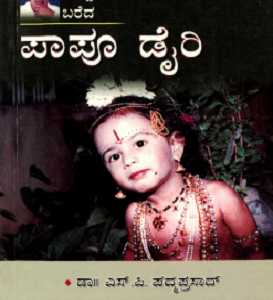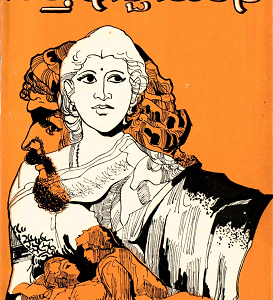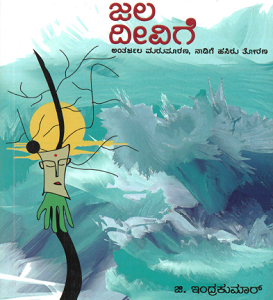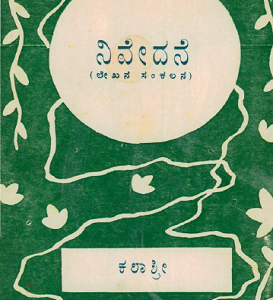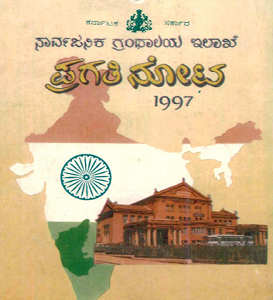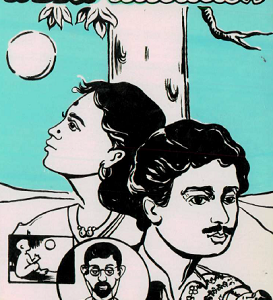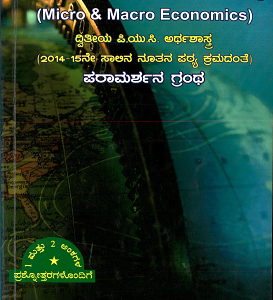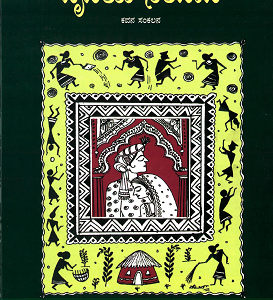A Texas Cow Boy: or, fifteen years on the hurricane deck of a Spanish pony, taken from real life
| Publication Language |
English |
|---|---|
| Publication Type |
eBooks |
| Publication License Type |
Open Access |
Kindly Register and Login to Tumakuru Digital Library. Only Registered Users can Access the Content of Tumakuru Digital Library.



